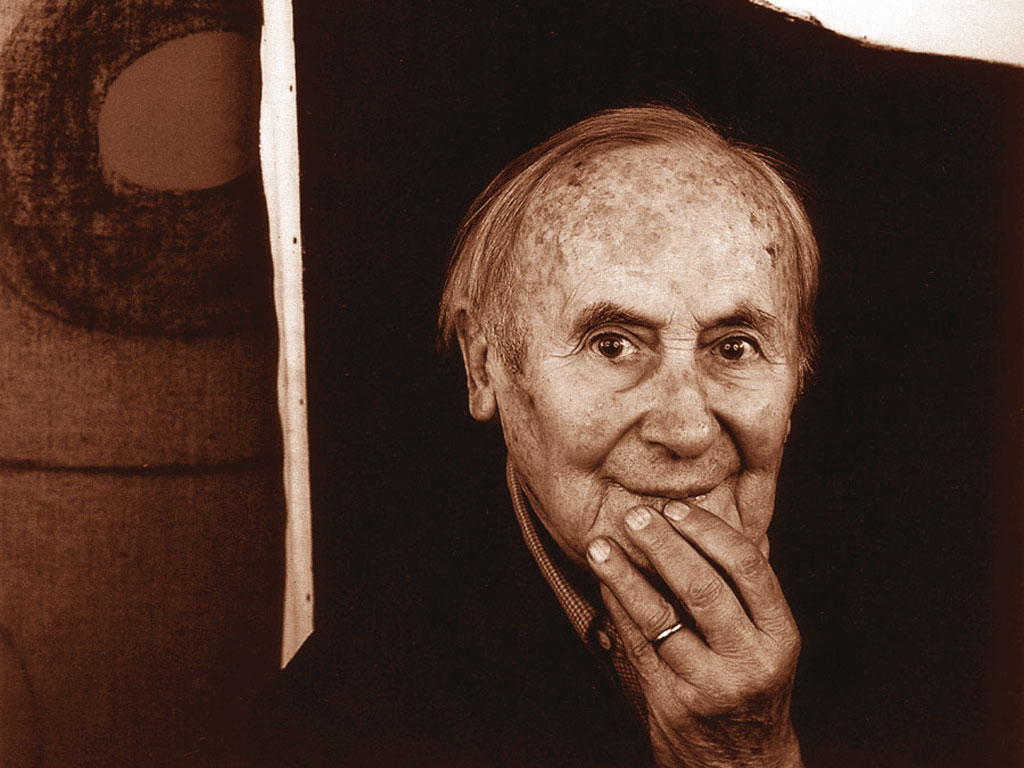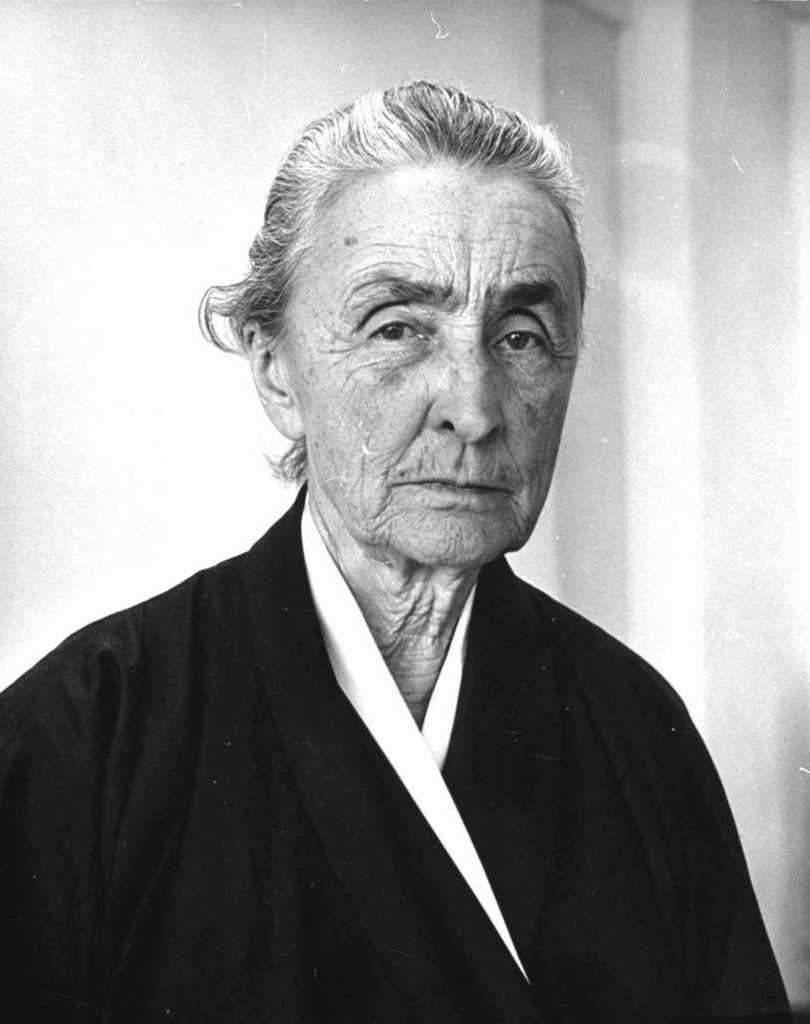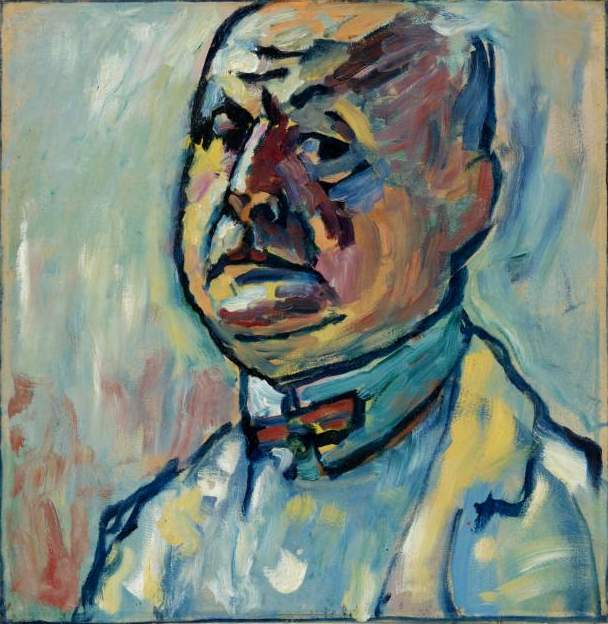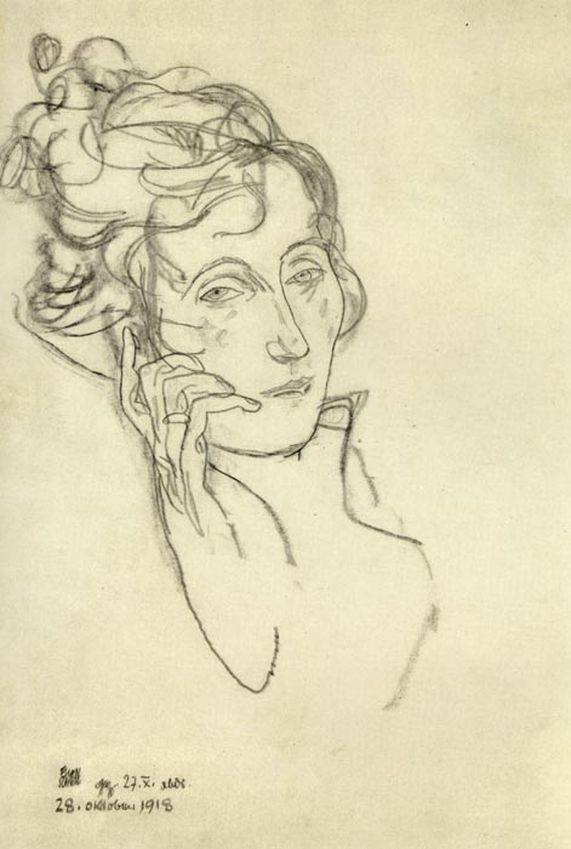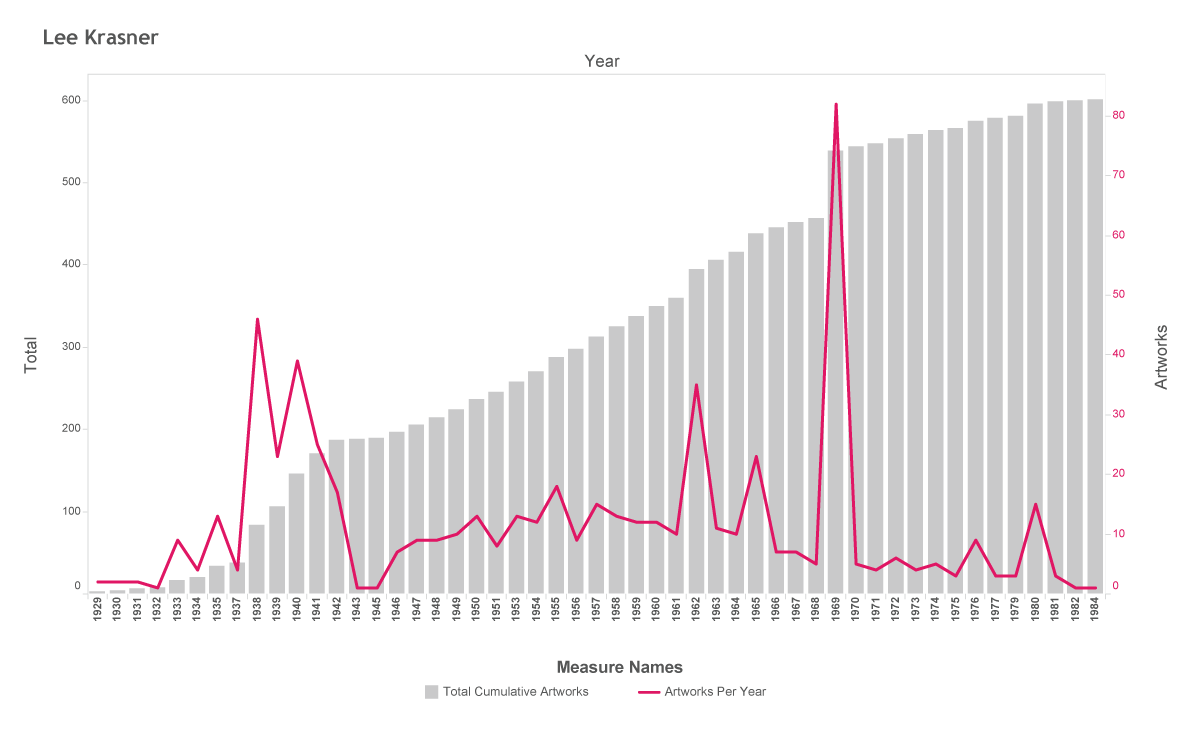This month marks the 62nd anniversary of the untimely passing of one of America’s most creative and important artists, Jackson Pollock. He painted a total of 363 paintings in his short 44 years of life. The circumstances around his death were tragic and are widely known, in part, thanks to the Hollywood movie Pollock. What is less talked about is how many paintings he would have left this world with had he been able to get help with his struggle with alcohol and depression and lived a full life.
According to data from the CDC on estimated life expectancy at birth, males born in the United States in 1912 lived to an average age of 51.9 years. Pollock passed away at the age of 44, so this would suggest he missed out on 8 years. This average felt low to me, so I decided to look at the other men in the Pollock family to better understand Jackson’s lifespan, had he not battled alcohol and depression. Using Ancestry.com, I built out an abbreviated Pollock family tree. On average, Jackson's brothers, uncles, and grandfathers, lived to an average age of 70 years old. This would suggest Jackson more likely missed out on 26 years of life. How many of those years could/would he have painted?
To estimate this, we looked at the age when an artist created their last catalogued work and their age at death for 43 artists.
Source: Artnome Database and Rafe statfeld
Almost all the artists we looked at made artwork right up to the year they passed away, despite the often difficult circumstances that come with aging. There were a handful of exceptions.
Artists who lived to be 90 or more, Joan Miró (90), Balthus (92), and O'Keefe (98), all stopped working a few years before they passed away.
Joan Miró, April 20, 1893 to 25 December 1983. He lived to be 90 years of age.
Balthus, February 29, 1908 to February 18, 2001. He lived to be 92 years old.
Georgia O'Keefe, November 15, 1887 to March 6, 1986. She lived to be 98 years of age.
In general, artists chose to paint until they could paint no more. Mary Cassatt was diagnosed with diabetes, rheumatism, and neuralgia in 1911, and she continued to paint until nearly blind from cataracts in 1914. She lived another 12 years unable to create new work.
Mary Cassatt Mother Holding Her Nude Baby Whose Left Hand Rests on the Mother's Chest, 1914. Pastel on Paper, 76.2 x 64.77 cm
Starting in 1929, Alexej Jawlensky had increasingly severe arthritis that reduced his ability to paint, eventually causing him to stop all together in 1937.
Alexej von Jawlensky Selbstbildnis (self-portrait), 1930. Oil on cardboard, 51.5 x 50.5 cm
Alexej von Jawlensky Grosse Meditation: Im Dickicht, 1937. Oil on paper, 24.8 × 19.3 cm
Shortly before his death, Arthur Dove was paralyzed by a stroke. With the help of his wife, the artist Helen Torr, Dove continued to paint by having her guide his hand.
Artist Helen Torr assisted her husband Arthur Dove in painting by guiding his hand after he suffered from paralysis.
A pattern begins to appear where artists turn to and not away from art when facing aging, sickness, and tragedy. One of the most extreme and heart-wrenching examples is the artist Egon Schiele. Schiele drew the sketch below of his wife Edith, six months pregnant, on her deathbed, just days before he himself died. All three succumbed to the Spanish flu pandemic.
Egon Schiele, Edith, October, 28th 1918.
On a lighter note, there is James Ensor, the outlier of the group, who stopped painting not due to illness, but in favor of playing free-style harmonium jam sessions for his friends (he did not have any formal training).
James Ensor, Ensor in his studio (Ensor at the harmonium), 1933. Oil on canvas, 80 x 100 cm
Those artists were the exceptions. For every artist that stopped three or four years before passing away, there were many who painted right up to the year they died. Not to diminish the significant negative impact of these illnesses, I think we can assume that if Pollock had successfully managed depression and alcohol, he would have also continued to paint to our predicted age of 70.
Using the Artnome database, we can see that Pollock averaged 14.5 paintings per year. If we assume he lived an additional 26 years, at that average output, he would have created an additional 377 paintings. This would leave us with 740 paintings, or more than double the 363 we have today.
To further test this, I looked at Edvard Munch, who died at age 80, and Lee Krasner, who died at age 75, to see what percent of their work they created after turning 44.
Roughly 1,053 of Munch's 1,850 paintings (57%) were created after he turned 44 and before he passed away at 80. If you narrow it to the years between 44 years old and 70, it is 983 paintings, or about 53% of Munch's work.
*Note Krasner data includes all artworks and is not limited to "Paintings".
356 of Krasner's 600 artworks (59%) were created between the age of 44 and her passing away at age 75.
While this is only a sample of two artists, it suggests that my projection for Pollock could be right. Other artists more than doubled their total output after the age of 44.
Why do this analysis? I think there is potential for a whole new area of study on the impact of life events on the productivity of artists. How, say, would the birth of a child, a marriage, or a death in the family impact artistic production in terms of quality, quantity, and content? What about macro-influencers such as war, plague, famine, recession? How do these impact individual artistic output? These are just some of the many questions I hope to dive deeper into with future blog posts.
A final note: perhaps this seems a morbid use of data to some, but I hope not. I found researching and writing this blog post to be a great reminder of what a fantastic wellspring the creation and analysis of art is: a lens for us to continually explore and discover our physical and emotional worlds, captivating us into our final days, and helping us come to terms with our own mortality. If anything, it inspires me to take up the brush again; what a gift to never be bored, to always be driven to create, to have a filter for coping with the best and worst life can throw at you, to die wanting to create just one more painting. As Hippocrates (and then later Van Gogh) said: "Ars longa, vita brevis"”: "Art is long, life is short".
I'd like to thank my friend Rafe Statfeld for his invaluable expertise and support in doing research for this blog post. He has become my go-to expert for all questions on catalogue raisonné.
Do you have an idea for interesting analysis or are you interested in collaborating on a blog post? Email me at jason@artnome.com, or better yet, join the Artnome community of 100+ experts in art history, economics, data science, computer science.


